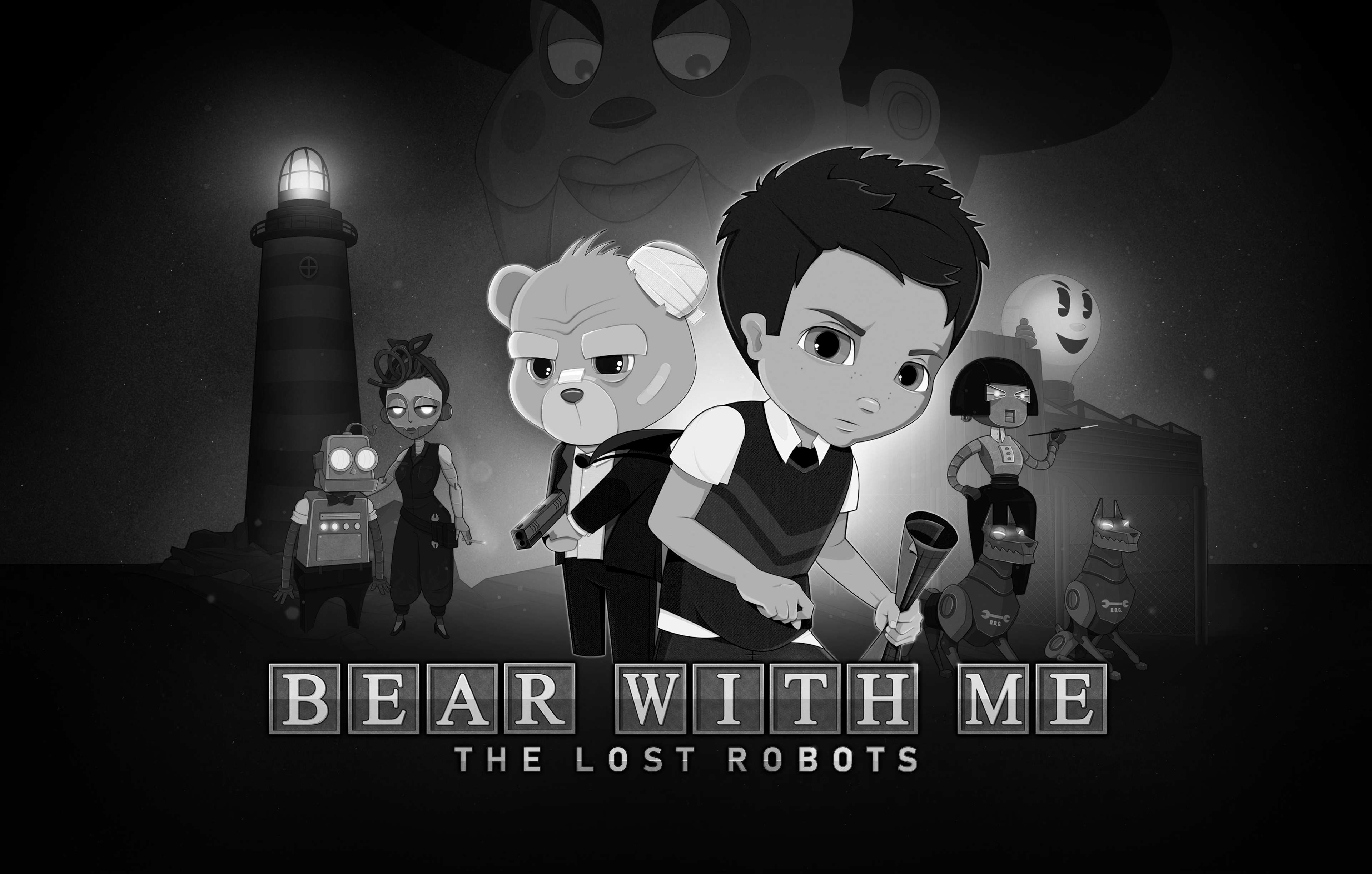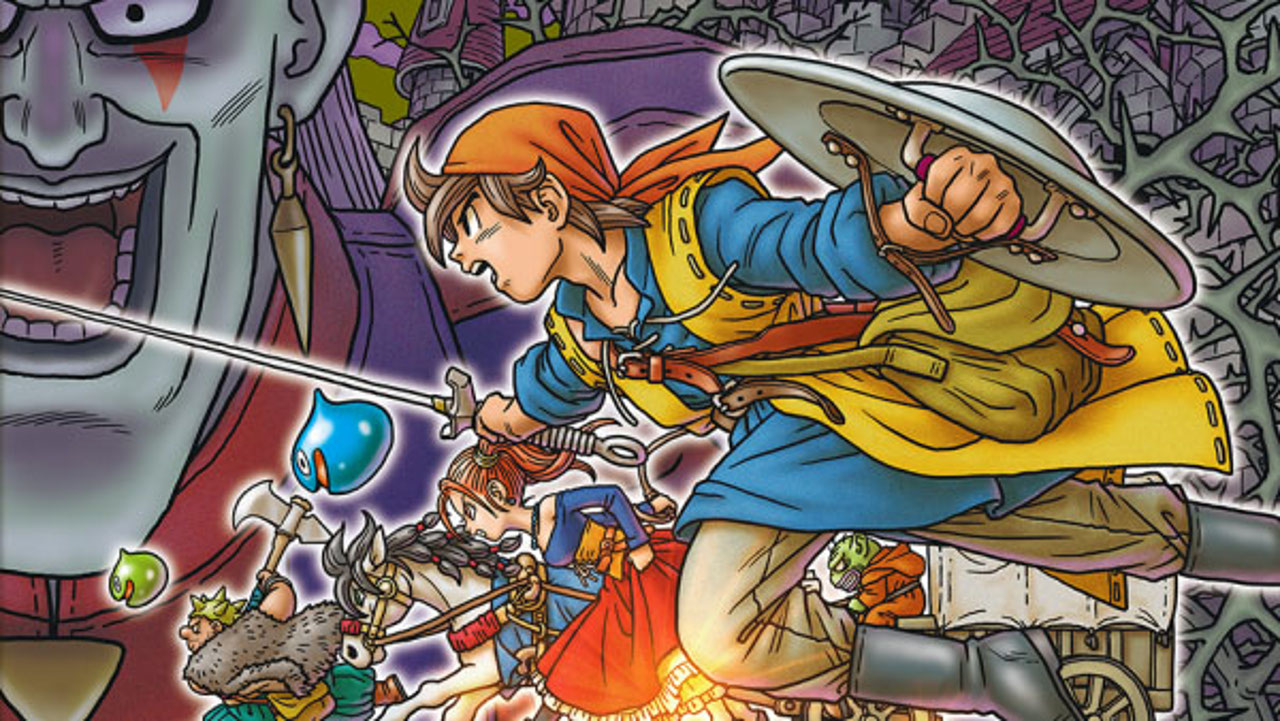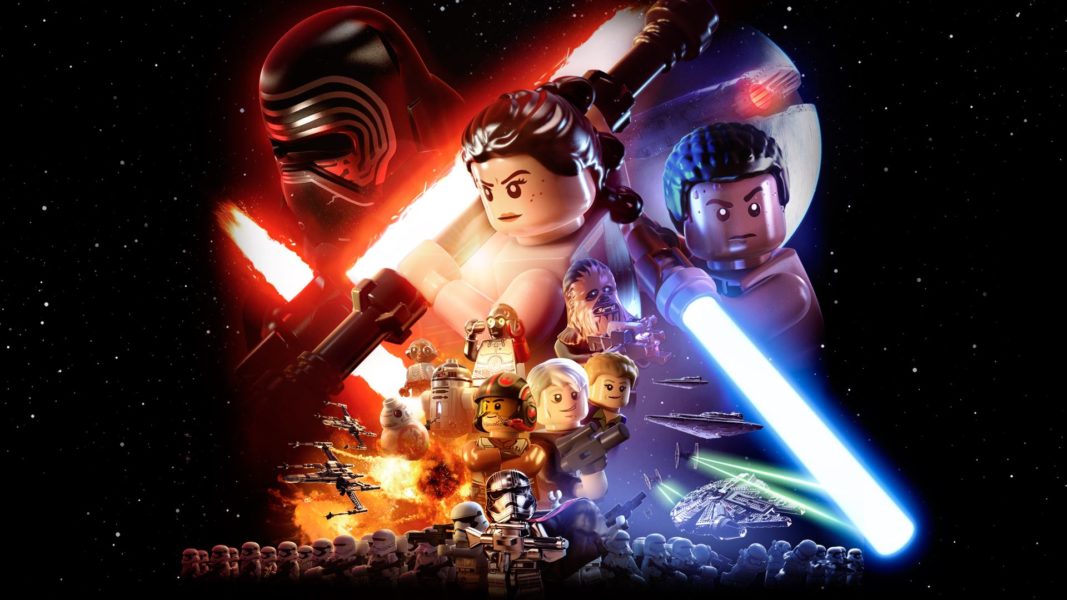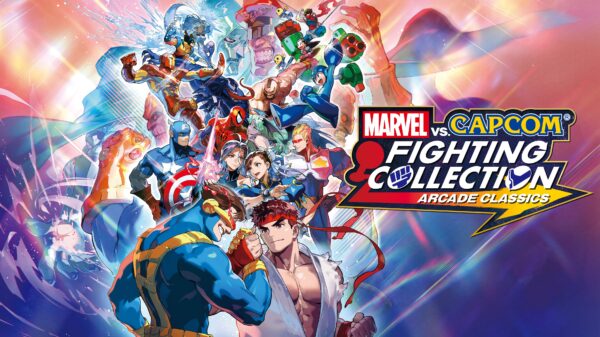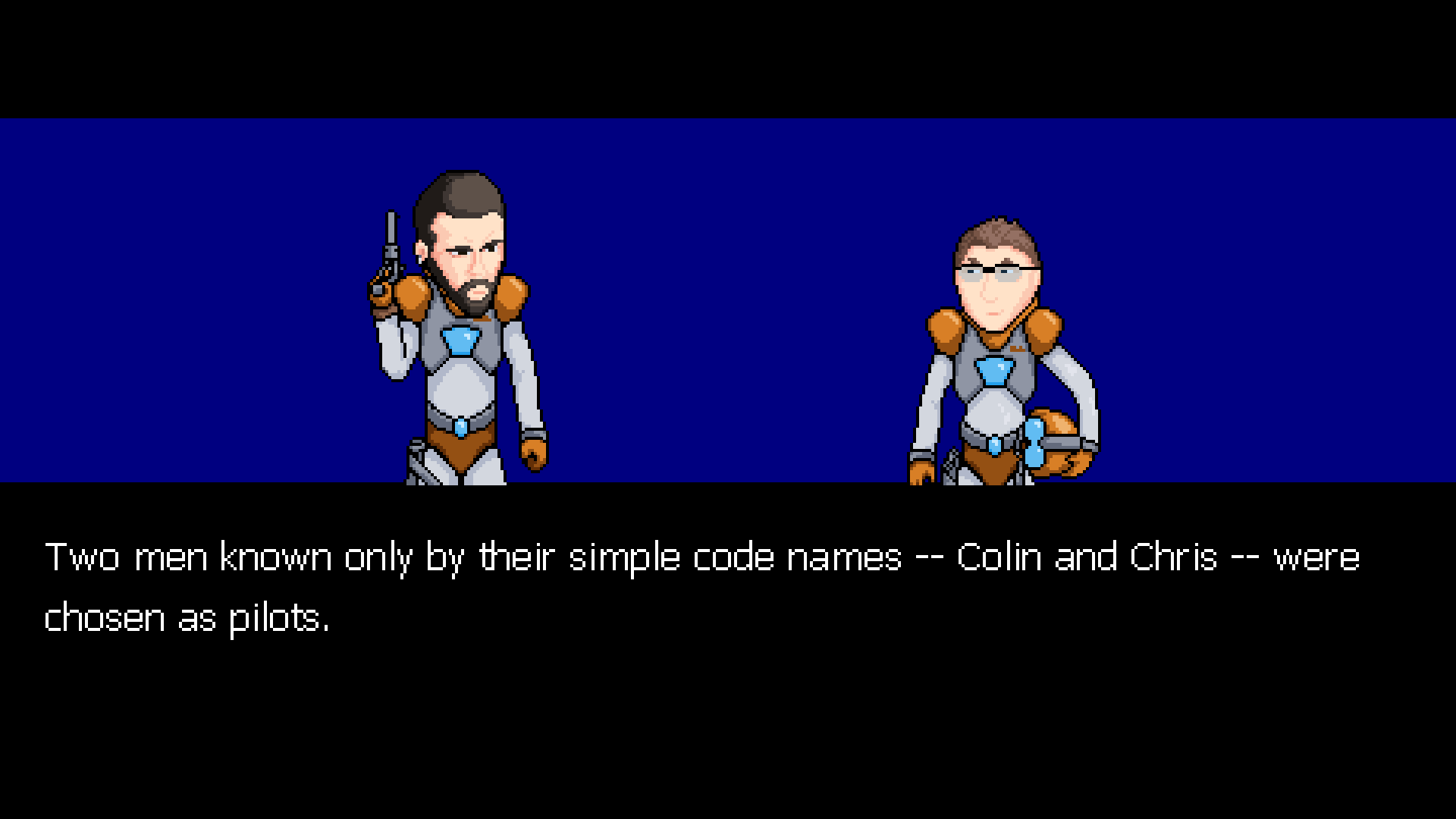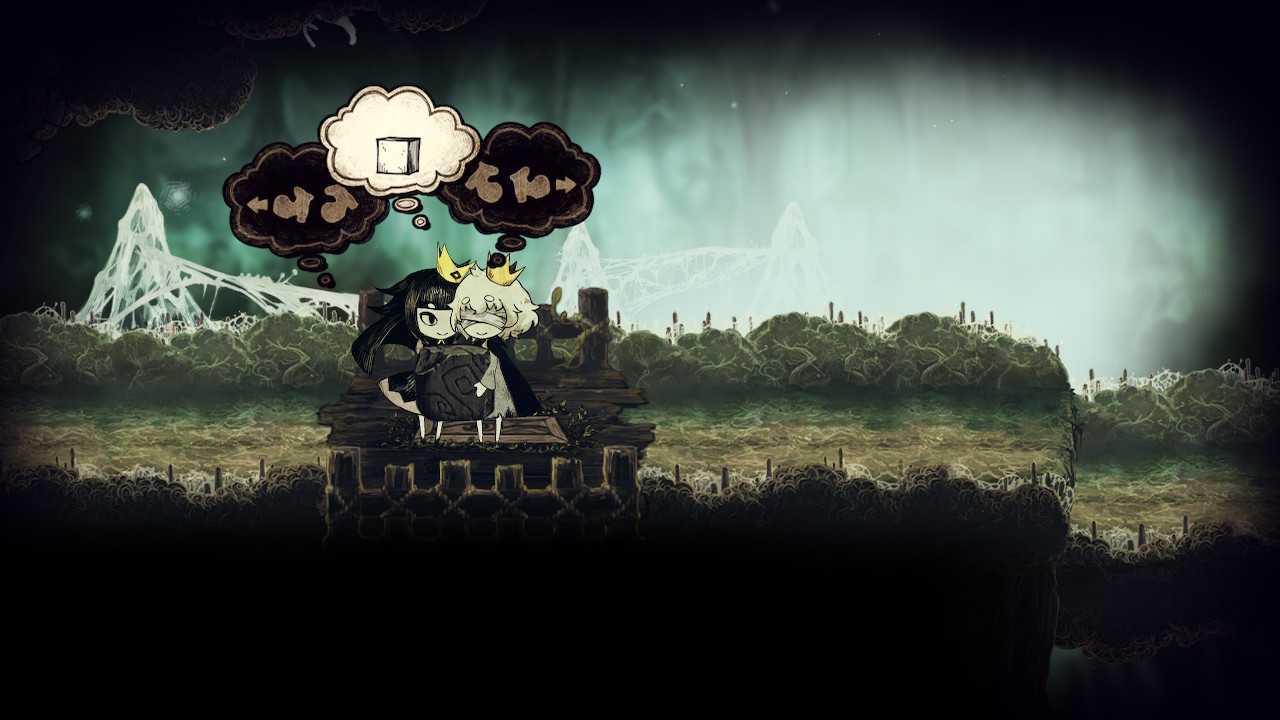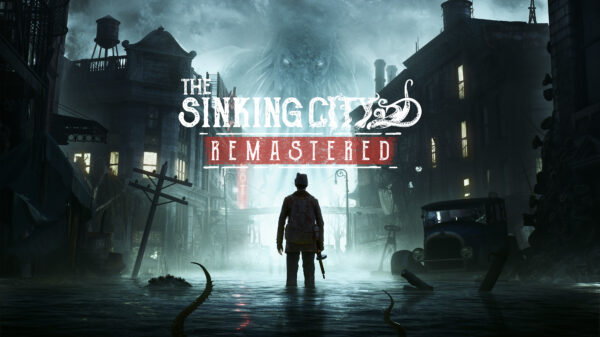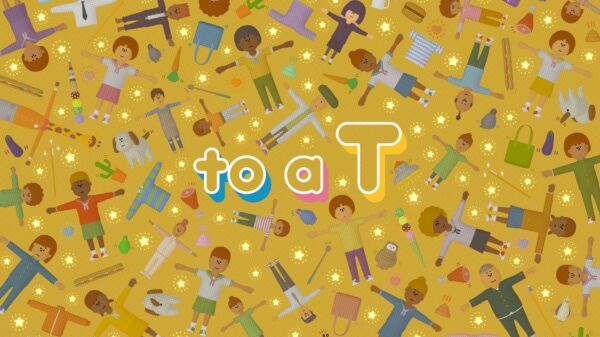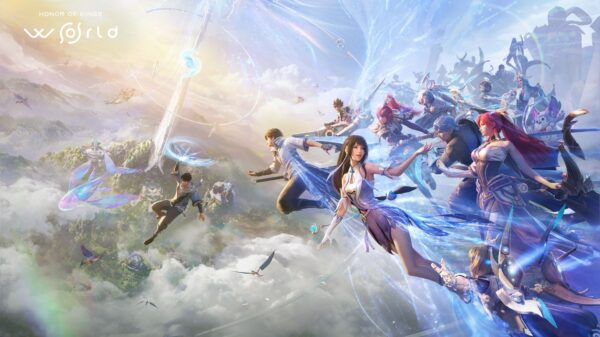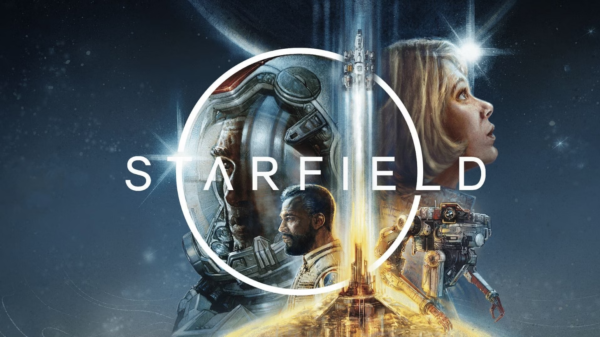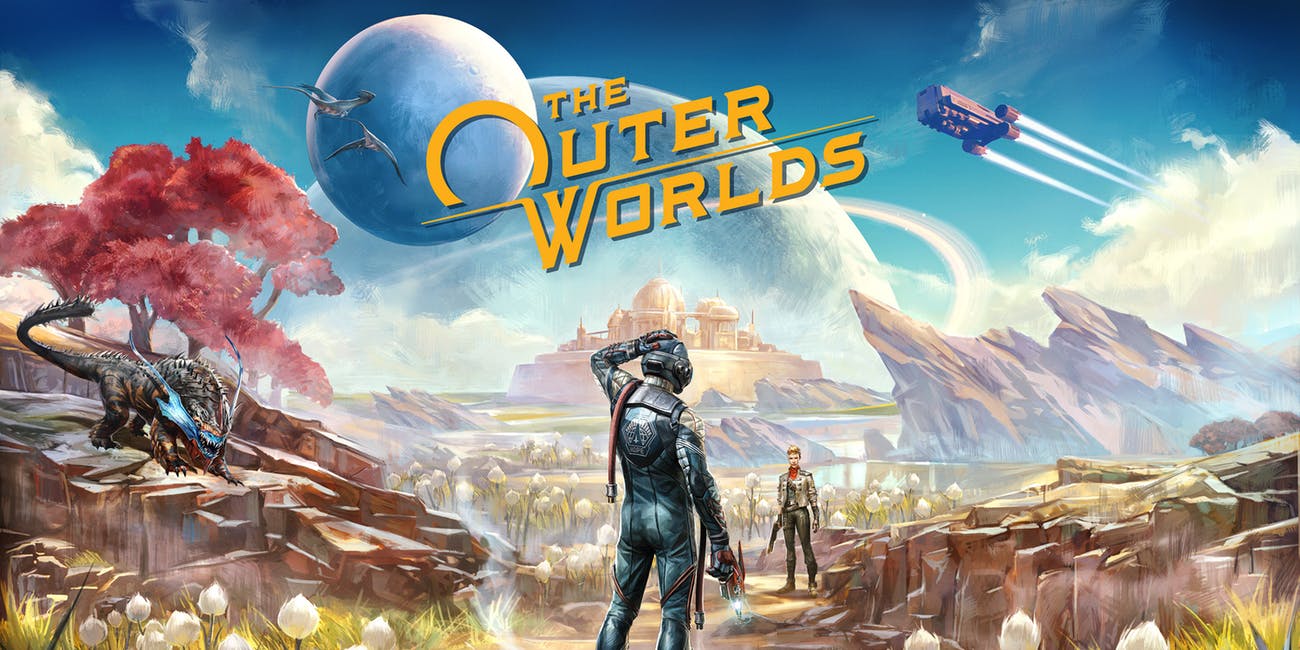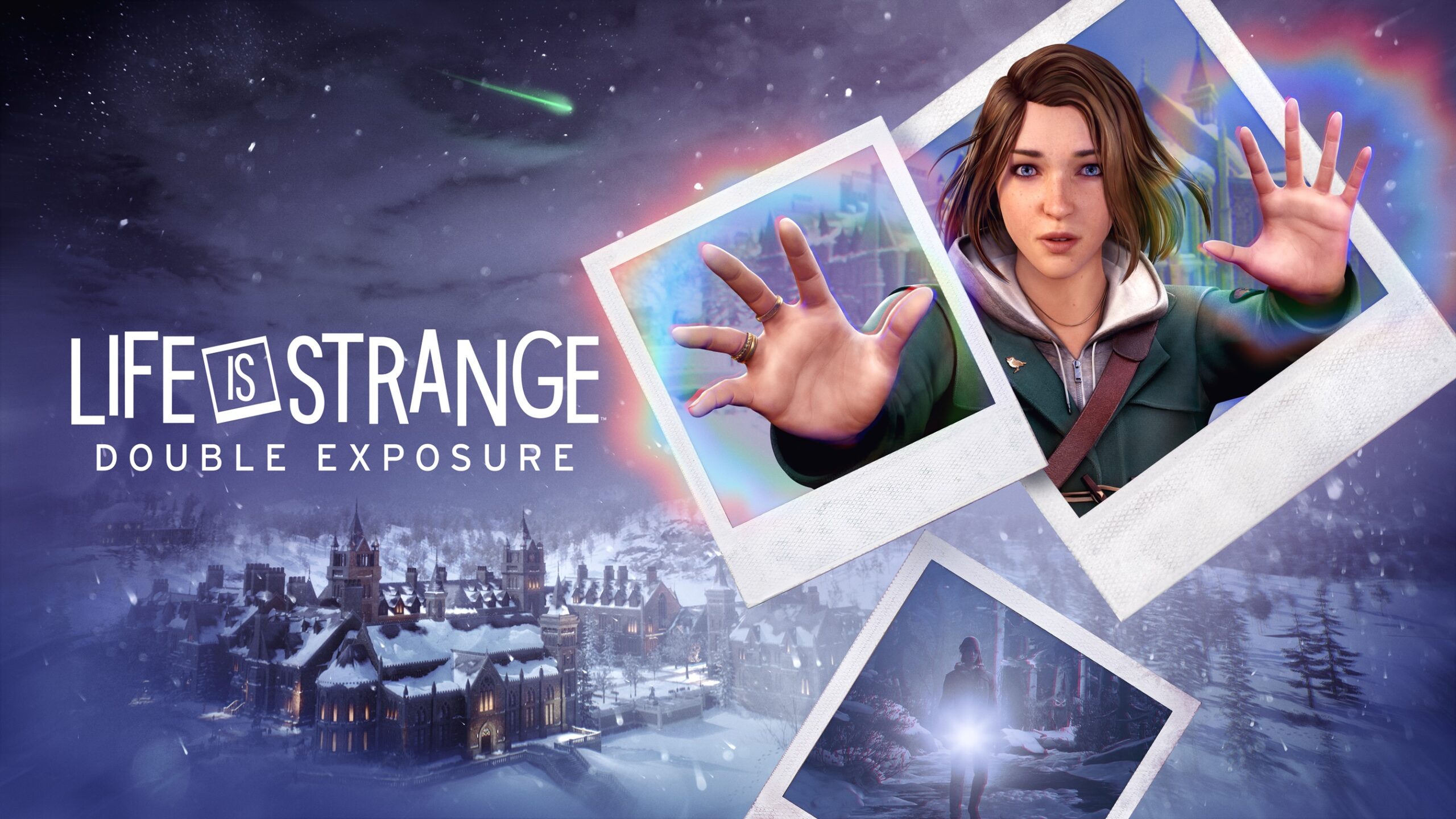Double Exposure is the process of layering two different exposures on the same image and when done with the same framing, can create a cool and surreal effect. It’s also the subtitle of the latest entry in the Life is Strange series, taken over by Deck Nine games, and finally starring our favorite protagonist from the first game, Maxine Caulfield. This entry has been due for quite some time with fans ravenous for any more information about the characters and world from the original being brought into the modern age. I think an older and more modern Max would bring in updates to the series, not just visually, but narratively as well. I previewed the first two chapters of Life is Strange: Double Exposure and was fairly optimistic about the entry and now that I’ve experienced the rest, I can tell you if this game is wowsers or hella bad.
Life is Strange: Double Exposure
Developer: Deck Nine Games
Price: $50
Platforms: PS5 (reviewed), Nintendo Switch, Xbox X|S, and PC
MonsterVine was provided with a PS5 code for review
This review will have spoilers for the first game. If you haven’t played the original Life is Strange, I highly recommend it, please go do that first. Otherwise, you’ve been warned.
Life is Strange: Double Exposure sets Max ten years into the future (Life is Strange’s first chapter was originally released in January of 2015) and most importantly, without Chloe. Chloe’s existence is up to the player, as it should be, with a choice early on to let the player determine their world state for this game. I’ve experienced both endings from the first game but I like to think, canonically, that Max chose Chloe over Arcadia Bay. Max Caulfield was a thoughtful kid but I don’t think she could necessarily shake off being an 18-year-old girl, especially one in love. My world state, Chloe is alive and Arcadia Bay is gone. I’ve gone back and replayed chapters since but kept the world state the same. Even though Chloe is alive, her story is taking place in Louisiana, and our protagonist, Max, is across the country in Vermont.
Max has taken a job as a resident artist for a liberal arts college in Vermont called Caledon University. It’s small but prestigious, Max rents a house on Campus that is downright gorgeous while teaching and holding workshops at the school. Thinking about the setting, I think it’s very clever to have a series that started in high school take place in a college next, even if the protagonist isn’t college-aged. A lot of the drama involved in Life is Strange is centered around being in a place where you’re able to make decisions and are forced to own up to them. Although, you may no longer think that’s true after playing Life is Strange: Double Exposure.
Away from Arcadia Bay, Max is ready to move on and make some friends around campus. As such, we’re introduced to a couple of students and faculty members who interact with Max and become familiar with her. The cast of characters is fairly endearing. Deck Nine does a fairly good job of introducing characters that might not pass the vibe check but hold up the narrative in the long run. And I feel like a few of them will be quite memorable. My hope for the future of the series is that we get a game that merges the two casts in a fun way that allows for intermingling and relationship building. Perhaps the double exposure we get is the original Max Caulfield in Arcadia Bay projected onto an image of modern day Max Caulfield, but I wouldn’t hold my breath.
Life is Strange: Double Exposure starts with Max and her new bestie Safi exploring an abandoned bowling alley. After getting a few pictures, Max and Safi head to the local watering hole, The Snapping Turtle, for drinks. There they introduce Amanda, the barkeep that Max has her eye on, and Moses, their colleague and Safi’s best friend. Moses is in charge of the astronomy department and has set up some telescopes on the rooftop to observe a meteor or comet that’s supposed to be visible that night. Safi says she has some big news but refuses to reveal it until Max and Moses concoct a scheme in which to slip a bottlecap of truth to Safi and force her to reveal her secrets. She’s acquired a book deal for her poetry.
However, after a phone call, Safi takes off and leaves Max and Moses up on the rooftop alone. Max talks to Moses for a bit before getting a bad feeling about Safi and decides to go look for her. Moses, perhaps satisfied with seeing the space rock or perhaps alarmed by his friend being alarmed, packs up. Max takes off and ends up having an event that she hasn’t felt in a long time, you guessed it, she’s having the headaches she was having in the first game. Soon, she hears a gunshot. Moses catches up but Max gets that bad feeling again and takes off towards the overlook that she heard the gunshot from and finds the corpse of her bestie, Safi.
I find it amusing that Life is Strange: Double Exposure uses the same narrative hook as its predecessor. In the original Life is Strange, no matter how the ending shakes out, it all begins when Max stops Nathan from shooting Chloe. I won’t lie, the hook worked on me. I was in. Especially considering how the game progresses. I think Life is Strange: Double Exposure does a great job of ending chapters with hooks to keep you going. At the end of every chapter, I wanted to progress and that Life is Strange: Double Exposure went down smoothly is a good thing. Double Exposure’s twists and turns are fascinating, make no mistake, but the ending is a complete whiff. Life is Strange: Double Exposure feels like the second movie in a trilogy, it has lots of interesting stuff, character building, world building, but it ultimately left me unsatisfied.
I should also emphasize that the choices don’t really matter. I wish I had time to go back and replay True Colors right now because it felt like the choices kind of mattered in that game, and maybe it’s because Deck Nine felt more freedom with their characters. But Life is Strange: Double Exposure feels like a very watered down version of the choice-matters narrative. I’ll give you an example, one of the better characters in the game is Dr. Gwen Hunter. Gwen is a professor of literature at Caledon University and is Safi’s mentor. Throughout the game, things are happening to Gwen and Max has choices she can make to either side with Gwen or side with the school. Like previous games, at the end of the chapter, you’re shown all of your decisions and their outcomes. Despite being a narrative thread throughout the game, whether or not Gwen leaves or stays to fight allegations against her has little effect on her character whatsoever or the outcomes in the story.
I guess my issues with the story itself come down to stakes. Life is Strange: Double Exposure strings you along throughout its story and is compelling because it has compelling characters, characters you like. But the stakes have never been lower. Safi’s death, outside of the beginning of Chapter 2, just doesn’t seem real. A detective looking into the mysterious circumstances of Safi’s death is introduced in Chapter 2 and he’s got his eye on Maxine, is a bit of a hot head, and like most cops, just sucks. However, the detective is gone by Chapter 3 and completely becomes a non-issue. A narrative device is required to understand the circumstances in which Max’s powers can have consequences but it’s done in such an inconsequential or downright beneficial way that lowers the stakes immensely.
Unable or unwilling to rewind time in Life is Strange: Double Exposure, Max has discovered a new superpower, the ability to jump timelines. She can do one of two things: She can pulse, which takes the small area around her and shows her what’s happening on the other timeline or she can jump timelines entirely. The way they let you pulse is neat, allowing you to stay in one timeline and have the other timeline communicate with you like a one-way radio. The animation for jumping timelines is very cool, where Max puts her hands out like she’s parting the red sea and reality slides open around her. A lot of the puzzles revolve around these time jumping mechanics and I think are well implemented.
Artistically, this is the best that Life is Strange has ever looked. Every character looks lifelike with a gloss of cartoon painted onto them resulting in a gorgeous aesthetic that permeates the entire game. I love how Life is Strange: Double Exposure looks. But that isn’t even half of it. The facial animations are incredible and I can’t emphasize that enough. When Max is posed with a question she’s unsure of, she furrows her brow, her lips curl to the side, and her face is lifelike. Whatever the art team is getting paid over at Deck Nine isn’t enough, Life is Strange: Double Exposure looks and feels stunning.
Unfortunately, the greatest looking characters in the world couldn’t cover up for the low-stakes narrative. While mechanically Life is Strange: Double Exposure is very cool and aesthetically a beautiful beast, I just walked away from the story feeling let down. Maxine Caulfield is a favorite character of mine and I think they made her pretty rad in Double Exposure but it just didn’t feel like a full story. While the narrative hooks were strong, they culminated into something that was ultimately disappointing. The end of Life is Strange stuck with me for weeks. After this review, I’m not sure I’ll be giving Life is Strange: Double Exposure too much thought.
 The Final Word
The Final Word
Life is Strange: Double Exposure is an incredibly beautiful game with interesting time mechanics and strong narrative hooks that eventually lead to a dissatisfying ending.
MonsterVine Rating: 3 out of 5 – Average







